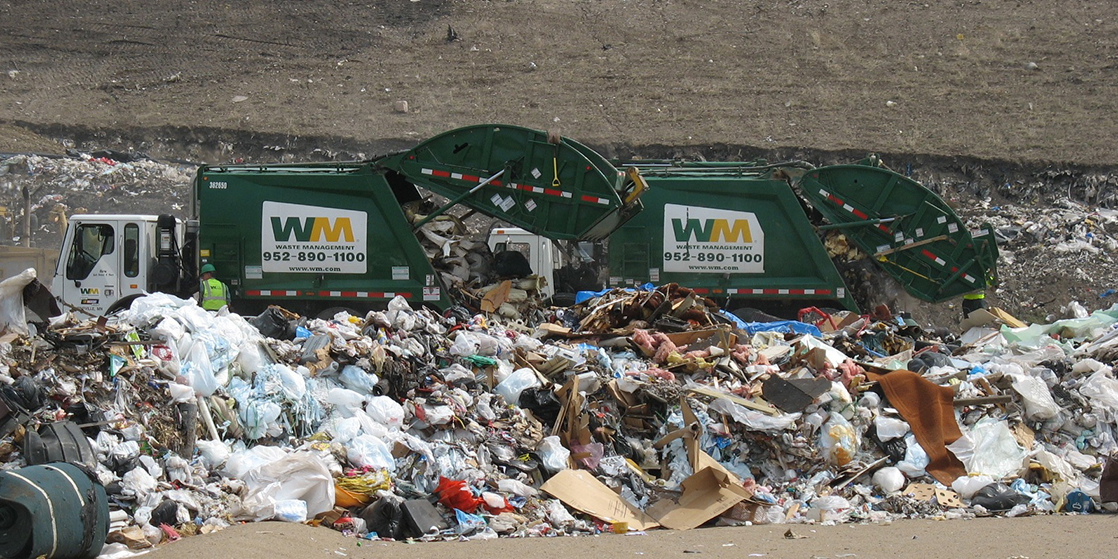Module 7: Animal Nutrition and the Digestive System and Osmotic Regulation and Excretion
Section outline
-

All living organisms need nutrients to survive. While plants can obtain the molecules required for cellular function through the process of photosynthesis, most animals obtain their nutrients by the consumption of other organisms. At the cellular level, the biological molecules necessary for animal function are amino acids, lipid molecules, nucleotides, and simple sugars. However, the food consumed consists of protein, fat, and complex carbohydrates. Animals must convert these macromolecules into the simple molecules required for maintaining cellular functions, such as assembling new molecules, cells, and tissues. The conversion of the food consumed to the nutrients required is a multistep process involving digestion and absorption. During digestion, food particles are broken down to smaller components, and later, they are absorbed by the body. (credit: modification of work by Julie Rybarczyk). Just as humans recycle what we can and dump the remains into landfills, our bodies use and recycle what they can and excrete the remaining waste products. Our bodies’ complex systems have developed ways to treat waste and maintain a balanced internal environment. The daily intake recommendation for human water consumption is eight to ten glasses of water. In order to achieve a healthy balance, the human body should excrete eight to ten glasses of water every day. This occurs via the processes of urination, defecation, sweating, and, to a small extent, respiration. (Image from Biology 2e from OpenStax, licensed under Creative Commons Attribution License v4.0 with the image credit: modification of work by Redwin Law)
 This chapter begins with Animal Digestion and Nutrition and concludes with Osmotic Regulation and ExcretionUpon completion of this module, you will be able to:
This chapter begins with Animal Digestion and Nutrition and concludes with Osmotic Regulation and ExcretionUpon completion of this module, you will be able to:- Explain the processes of digestion and absorption
- Explain the specialized functions of the organs involved in processing food in the body
- Describe the ways in which organs work together to digest food and absorb nutrients
- Describe the essential nutrients required for cellular function that cannot be synthesized by the animal body
- Describe how excess carbohydrates and energy are stored in the body
- Describe the process of digestion
- Explain the role of both the small and large intestines in absorption
- Explain how the kidneys serve as the main osmoregulatory organs in mammalian systems
- Describe how the nephron is the functional unit of the kidney and explain how it actively filters blood and generates urine
- Detail the three steps in the formation of urine: glomerular filtration, tubular reabsorption, and tubular secretion
To achieve these objectives:
- Read the Module 7 Introduction and each section in Module 7.
- Read and view the materials in the Module 7 Pressbooks chapters.
- Read Chapters 13 and 20 in the Biology 2e Textbook. Additionally, the PowerPoint slides and lecture notes have been provided to further assist you with getting acquainted with the chapters.
- Complete the: (1) Learning Objectives, (2) Review Questions, and (3) Critical Thinking Questions for each section in the chapters. The Learning Objectives for each section in the chapter should be submitted as one document.
Module Pressbooks Resources and Activities
You will find the following resources and activities in this module at the Pressbooks website. Click on the links below to access or complete each item.
-
This lecture outline was created by Wikibooks: Creative Commons Attribution-ShareAlike 3.0 Unported License and complements Chapter 9: Vertebrates.

-
Instructions
Complete the Learning Objectives in each section of Chapters 13 and 20. These objectives should be completed as an MS Word Document and submitted by the due dates outlined in your course syllabus. Please make sure that you save the document as : i.e. (Module 7: Chapters 13 and 20 Learning Objectives, et..)
Additionally, please make sure that you complete the Review Questions and Critical Thinking sections located in Chapters 13 and 20 Pressbooks.
Make sure settings are correct for file upload or online text, number of files allowed, notifying graders upon submission, and restrictions/conditional release.
-
This laboratory activity is from an OER Resource. In this laboratory, we will dive deeper into the anatomy of digestion and learn about some of the organs that play a vital role in digestion.
-
This laboratory activity is from an OER Resource. In this laboratory, we will dive deeper into osmotic regulation and excretion and learn about some of the vital structures in osmotic regulation and excretion.
-
This is the Open Educational Resources laboratory worksheet that accompanies the laboratory manual to be completed. This worksheet has the information that is included in the weblink.
-
This is the Open Educational Resources laboratory worksheet that accompanies the laboratory manual to be completed. This worksheet has the information that is included in the weblink.
Background Colour
Font Face
Font Kerning
Font Size
Image Visibility
Letter Spacing
Line Height
Link Highlight
Text Colour
